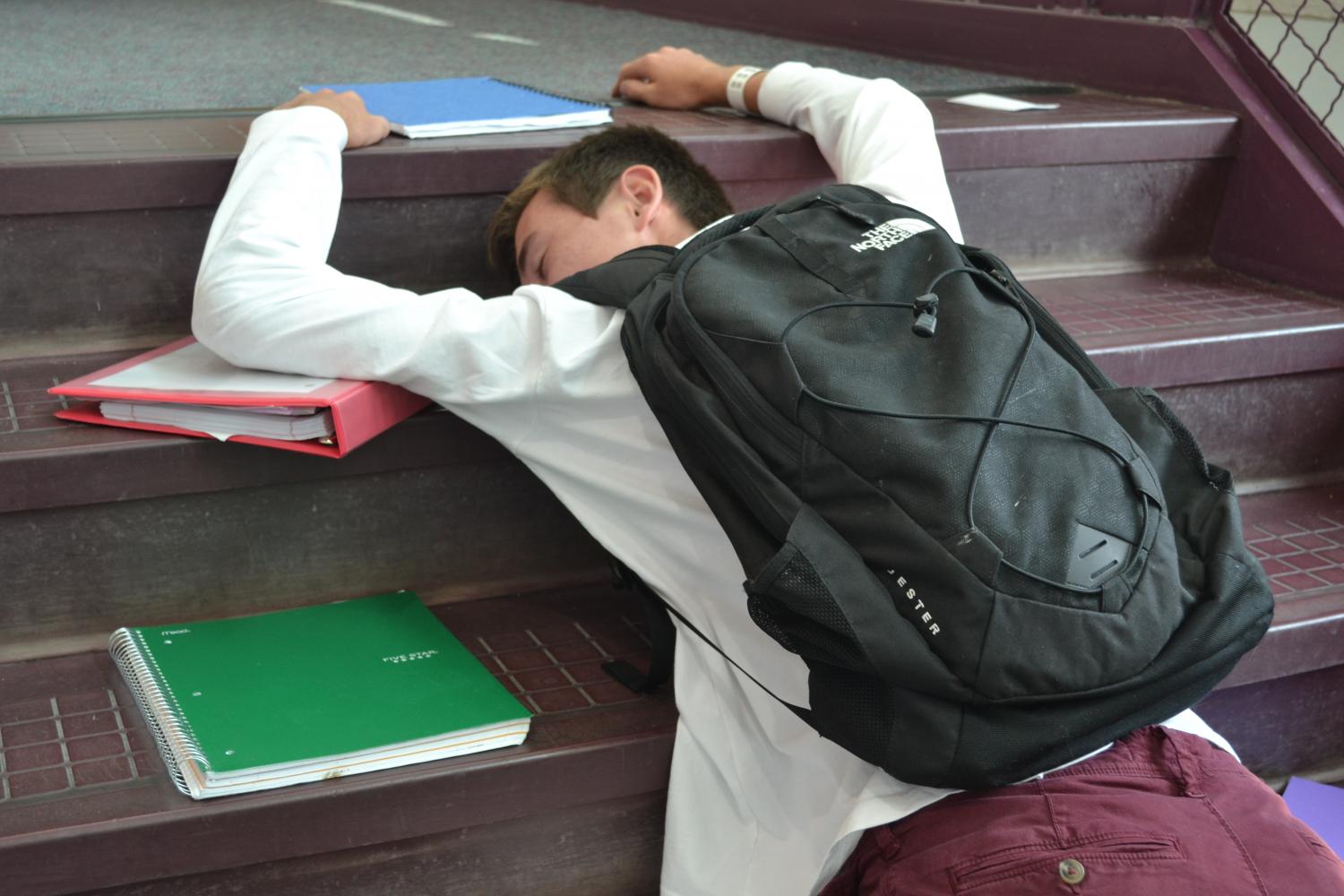Falling up the stairs
September 11, 2017
I cannot be the only one. When climbing the staircase next to Mr. Pugliese’s classroom, N126, I constantly find my feet flying out from under me. I look like an idiot, and my hands get a brand new bruise. This keeps happening over and over, and I noticed other people tripping as well. So after a quick trip to Target, I was armed with two rulers and spent several grueling class periods measuring the height and length of each step. It was tedious work, but the data I collected was staggering, well as staggering as data on stairs could be.
Why would anyone spend a month of class just measuring stairs with a couple rulers? Well, a court proceeding in New York discussed the danger of stairs. It stated that after a few steps, the brain registers the feeling of the stairs, (height, length, etc.) and becomes accustomed to the height and length of stairs. In an infamous subway station in New York City, on the corner of 36th street, there is a staircase that demonstrates this exact principle. All of the other steps are the same except for one stair that tends to trip people up. In the report, the investigators found that a small differential can cause one to lose their footing and subsequently trip.
The main culprit for tripping at A-West is staircase #7 (according to the building diagrams), the staircase in the North Wing next to N126. While there is an alternating difference of heights and lengths of about a sixteenth of an inch all the way up to the platform, steps 18-20 have a different story.
After the platform, the stair height increases to a little over seven inches on average. The length remains about the same at around 11.73 inches. After step 18 at a height of 7inches and a length of 11.81 inches. The height of 19 is 6.69 inches and the length is 11.75 inches. Step 20 returns to the height of 7 inches and the length of 11.69 inches.
Step 24 is even worse. With steps steps 22 and 23 at 6.5 inches, step 24 raises up to 7 inches, a ½ inch difference. That is definitely enough to trip on.
The evidence is clear: steps 19 and 24 are anomalies on the stairs. The differences of over a quarter of an inch (5/16 of an inch to be precise) and a half an inch are more than enough to trip on.
Have you ever felt unreasonably tired after climbing the staircase next to room N100? The reason is because there are 5 more steps than a regular staircase, with an average height of a little less than 7 inches. This makes climbing it more difficult with a steeper incline and more steps as well.
What about the staircase near the library? Well, there are more steps than any other staircase in the school. With 23 steps in total, the average height of these steps is closer to 6 inches, but there are almost ten more of them than any other one.
With heavy backpacks on the shoulders of students, this makes them human cannonballs in the event of tripping. Careful stepping.



